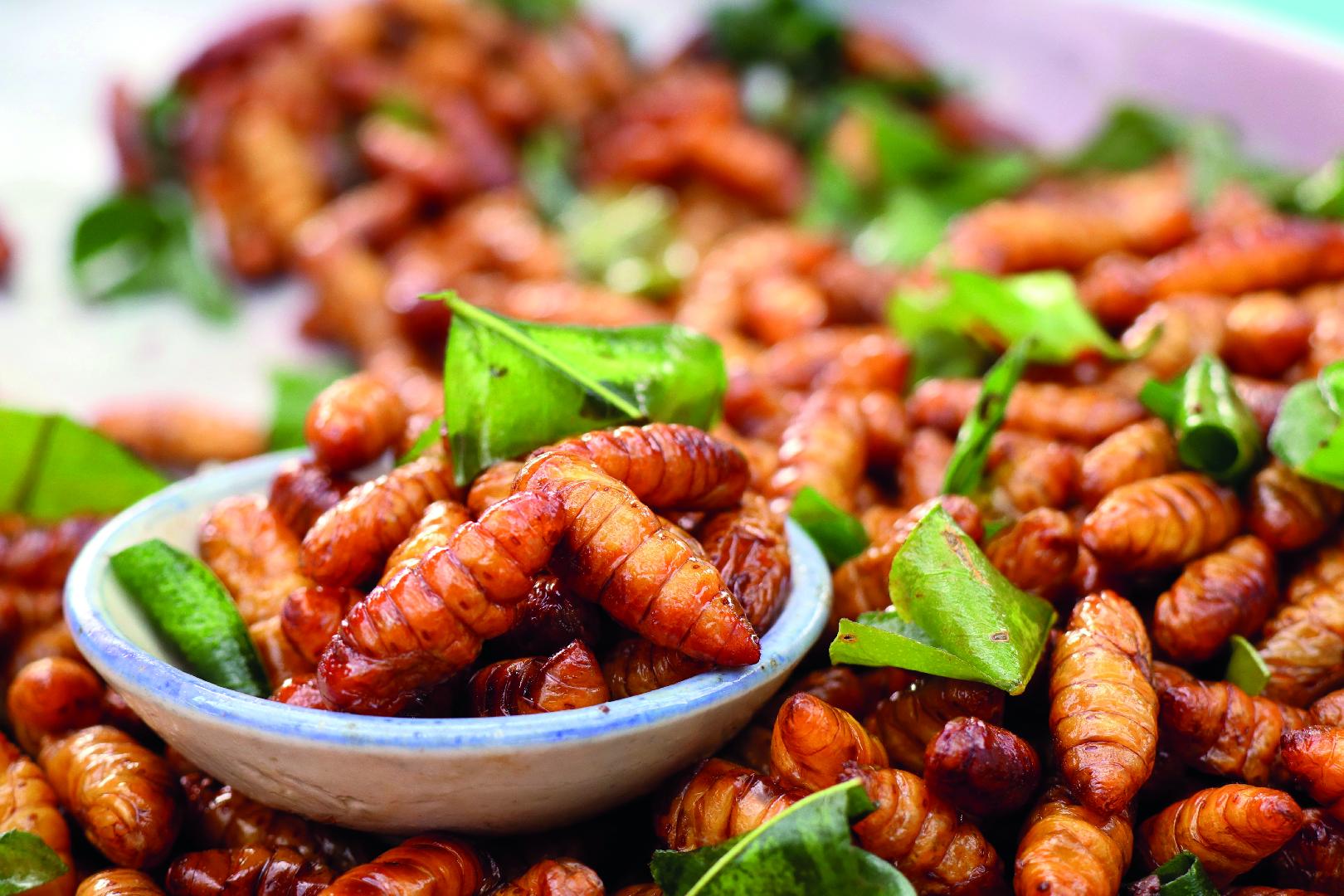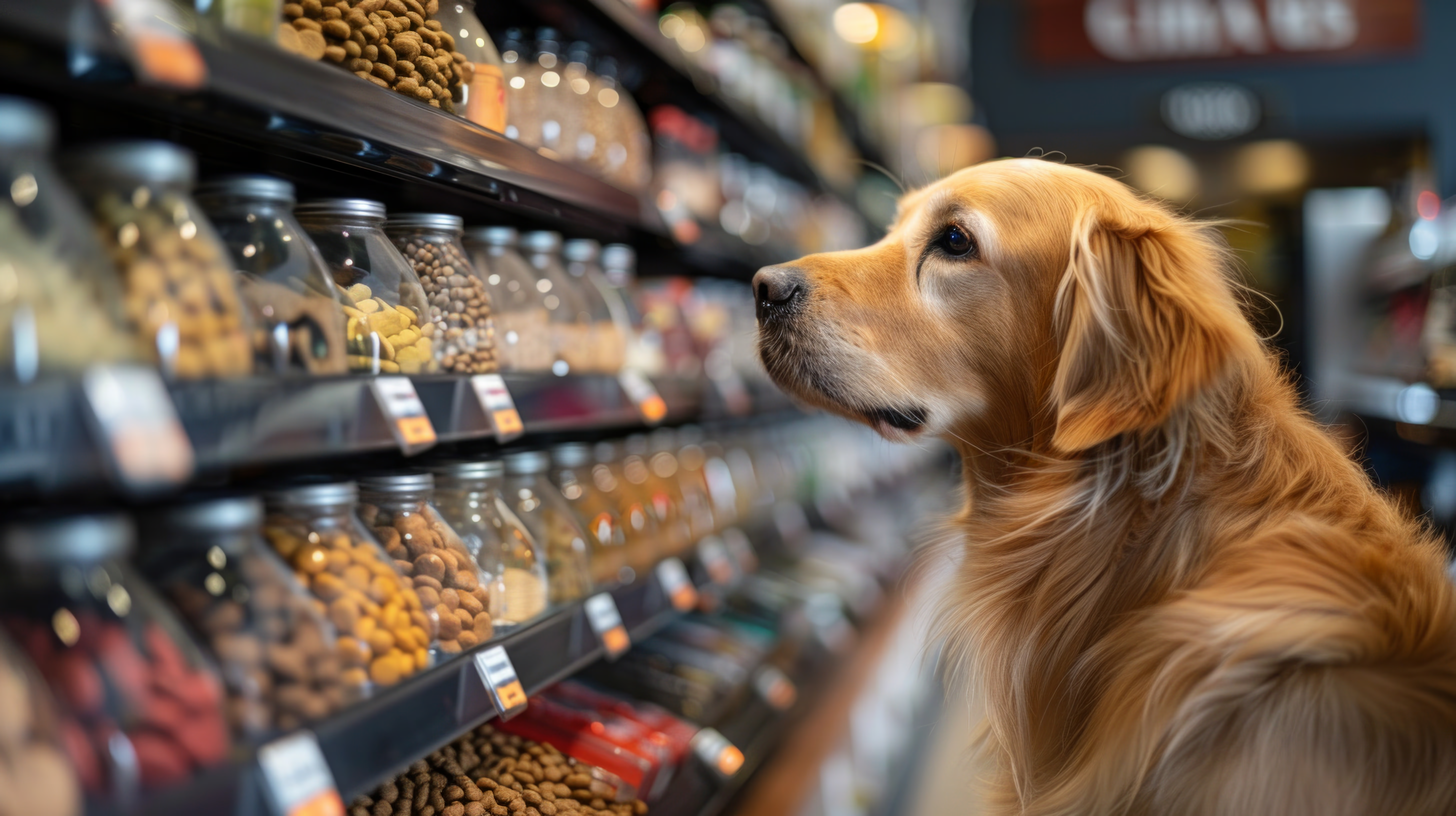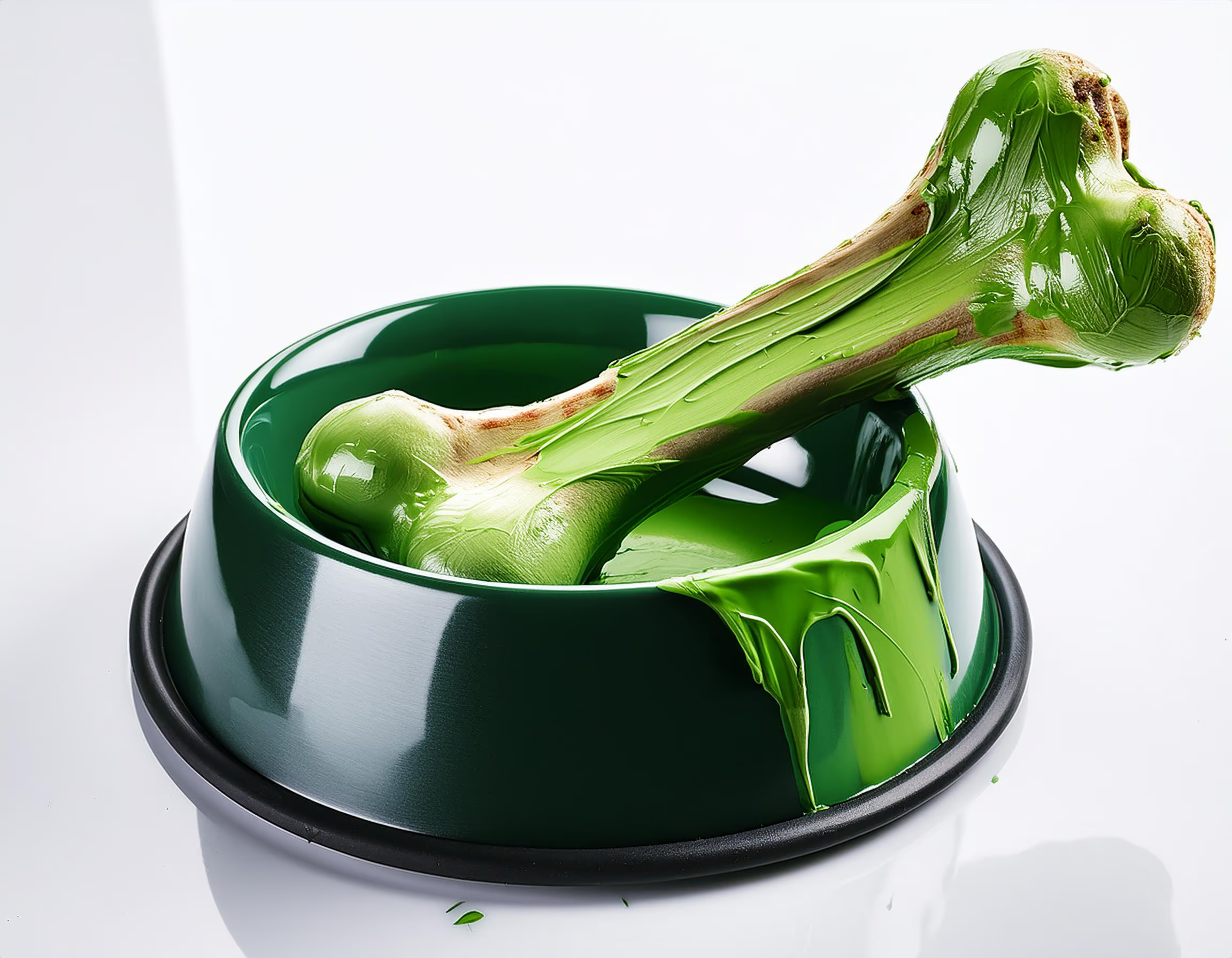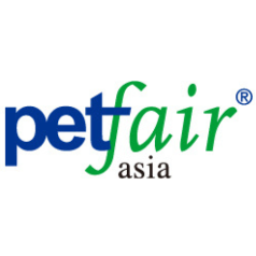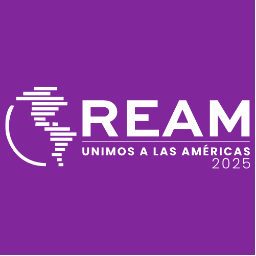Why consider insects as a possible protein source for pets?
Insect-based pet food uses, as the name suggests, insects as the primary source of protein, rather than beef, poultry, or fish.
Global human population growth is projected to reach 10 billion people by 2050. In turn, pet ownership is also increasing, with a current estimation of more than 1 billion pets worldwide. Consequently, there is a rapidly increasing global demand for protein as a nutrient source. In addition, due to pet humanization, there is some concern about the direct competition between food production for both living beings. Today, food consumption by the world population of dogs and cats represents about a quarter of the environmental impact of production. In fact, in 2020, a study found that global greenhouse gas emissions from pet food were equal to those of the 60th highest-emitting country in the world. Knowing these numbers, it is imperative to prioritize both global food security and environmental impacts related to food production and consumption.
Insect-based protein is presented as a great sustainable alternative with high nutritional quality to develop in the pet food sector. Some of the most used insects currently in this type of proposal are black soldier fly larvae, crickets, and mealworms. These insects are rich in protein, healthy fats, and essential minerals, making them an excellent source of pet nutrition.
Most pet food brands are developing this type of pet food focused on dry dog food, followed by the wet food sector, also for dogs. The insect-based alternatives present for cats are considerably fewer.
Advantages of insect-based pet food production
Some of the reasons insects are increasingly being incorporated into new pet food recipes and formulations have to do with the nature of their primary production:
- Insects have a very high feed conversion efficiency and can be raised in organic side-streams, as plant by-products of human food production systems, thus recycling low-value food waste into high-value protein and fat.
- They require significantly less water and produce fewer carbon dioxide and ammonia emissions, compared to traditional protein sources.
- They need much less physical space. For example, commercial insect-rearing facilities using vertically integrated farming techniques can produce 1 ton of insect larvae every two weeks on 20 square meters of land.
In addition, insects, depending on their species, can be a great source of essential nutrients, including amino acids, fatty acids, minerals, and vitamins.
Current consumers' perception
One key factor to inserting this type of protein into the market, in addition to scientific research and development, is nothing more and nothing less than communication and marketing. Good advertising campaigns and awareness about the benefits of insects as a protein source can be great drivers of market growth in the short and medium term.
As these shares increase, the perception by pet owners is expected to improve, and this, in turn, will fuel the sector's growth. In fact, in a recent study, more than 50% of pet owners who participated stated that they were willing to feed their dogs this type of food, while, in another, more than 90% of the participants expressed a positive opinion about it.
A possible future, based on insects?
Today, we know that insect-based pet foods offer numerous environmental benefits compared to traditional meat-based options. Like any relatively new proposal, it needs more scientific evidence to back it up, and this depends not only on governments but also on the institutions themselves.
To achieve this, it is essential to foster partnerships and active communication with veterinarians and professionals, both for new studies and to find new ways to improve consumer perception to promote insect-based pet foods.
Some insect species can provide rich sources of highly digestible amino acids, fats, and minerals for pet nutrition. Its sustainability benefits, at levels of commercial insect crops compared to traditional livestock farming, are already demonstrated and constitute an interesting development area worldwide, which could even be transferred to human food.
Adopting systematic marketing, producing more scientific evidence, and informing the consumer are 3 essential keys that, if used consciously, will increase the time it takes to market for successful adoption of these foods.
Source: All Pet Food Magazine
You could be interested: The Conscious Nutrition Era, or With Science Era, Now in Dogs and Cats
About author
María Candelaria CarbajoI’m a creative, interdisciplinary person, translator, and editor. I collaborate in producing and writing creative, high-impact projects to promote cultural exchange, transmit differential values, and connect with people/the audience. Likewise, I enjoy teamwork and joining forces, experiences, and knowledge to bring the world all the potential of those ideas that seek to impact people’s lives positively.












